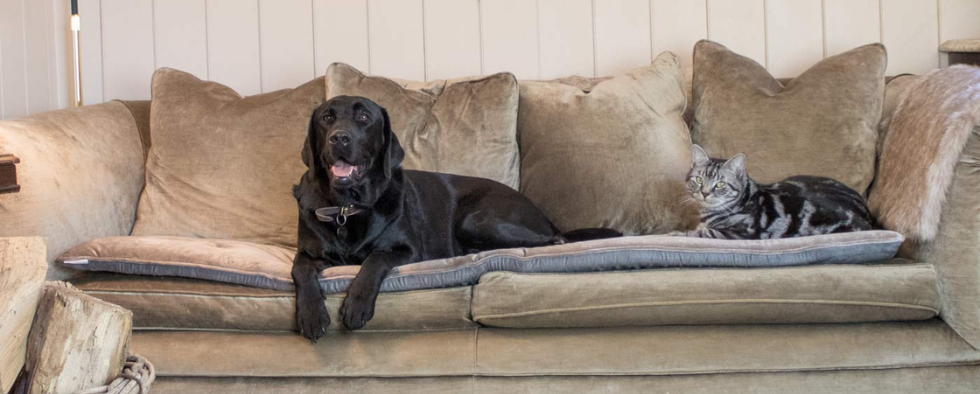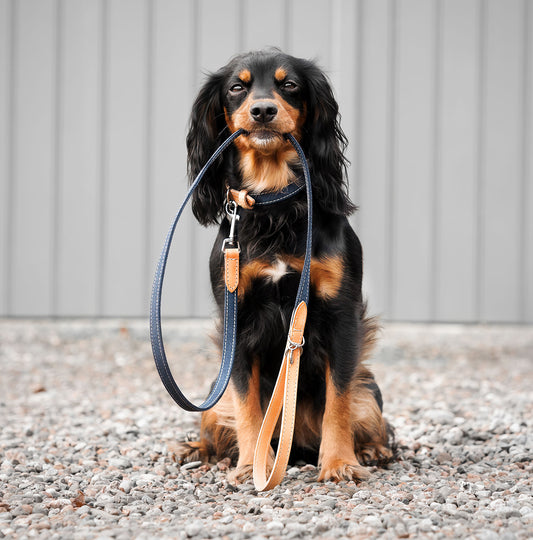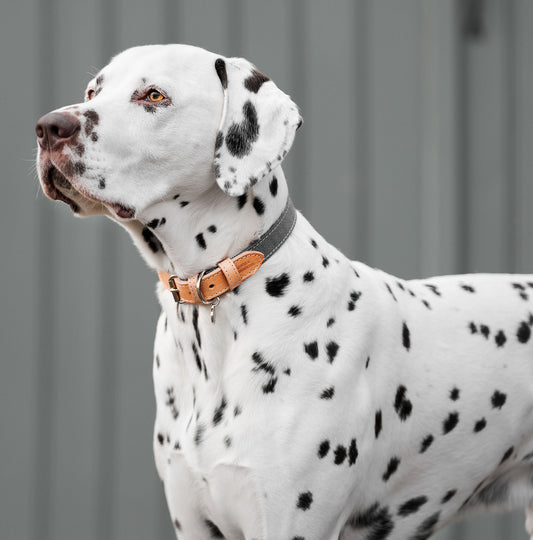June is national microchipping month here in the UK, so what better time to talk about what microchipping is and the benefits?
Microchipping is one of the most effective ways of protecting your dog or cat in the event that they are lost or stolen. Thousands of pets are reported missing every year and a large proportion of those are never reunited with their rightful owner. The main reason for them not making it back home is the inability to trace their family.
It’s now a legal requirement that all dogs and cats in the UK are microchipped Here we take a look at all the benefits and explain why we think you should definitely get your pets, cat and dog alike, microchipped.
In this article, we will explore the benefits of microchipping, the laws surrounding microchipping for different pets, the procedure itself, and how to register and update your pet's microchip details. So let's dive in and learn more about this valuable tool in ensuring the safety and well-being of our pets.
Microchipping Overview
- A microchip is a tiny ID device which can be scanned to identify a pet
- They are used to identify lost or stolen pets and reunite them with their owners
- It’s a legal requirement for dogs over the age of 8 weeks and kittens over the age of 20 weeks to be microchipped
- It’s a quick procedure which is relatively painless
What Is A Microchip?
Microchips are tiny devices that are the size of a grain of rice, they are implanted just below the pet’s skin, usually by your Vet. It is a very simple procedure, similar to a vaccination that needs no anaesthesia or special treatment. The microchip carries all the important information needed to trace you, the owner, should your cat or dog lose their way.
These microchips can then be read by a handheld device that will display the owners information. Most veterinarians and animal shelters will have one of these devices, so the chip can be read and the owner contacted if the pet is lost.

Does Getting A Microchip Hurt?
Your vet will use a needle to insert the microchip so it may be a little uncomfortable for your pet, however it only take a few seconds. Many pets don’t even notice!
What Pets Can Be Microchipped?
A lot of pets can be microchipped, the most common ones are dogs, cats, horses and rabbits. If you’re not sure your vet will be able to advise you on whether microchipping is suitable for your pet.

What Are The Microchip Laws
Microchipping Your Dog Laws
Microchipping your dog is compulsory in the UK, we’ve put everything you need to know about microchipping your dog below:
- All dogs over 8 weeks old must be microchipped
- As a breeder it’s your responsibility to microchip any puppies by 8 weeks old
- As a dog owner it’s your responsibility to make sure your dog’s microchip details are up to date
- As well as having up to date microchip details, your dog should wear a collar with an ID tag on. You’re required to put your surname and address on the tag, we also recommend putting a contact number and ‘I’m Microchipped’ on there just in case your dog does go missing it will hopefully make being reunited that little bit quicker.
Microchipping Your Cat Laws
- As of March 2023, it’s now the law to get your kitten microchipped before they’re 20 weeks old.
- The government have given owners until 10th June 2024 to microchip their cats
- As an owner it your responsibility to make sure that your cat is microchipped and that your details are up to date
- We recommend microchipping your cat if they are either indoor or outdoor, this way if they go missing you can ensure they’re easy to identify and return home
Microchipping Other Pets Laws
It’s not a legal requirement in the UK to have any other pets microchipped, it’s a good thing to consider. You can microchip most pets, including rabbits, guinea pigs, tortoises and other small family pets which are known for escaping.
What Happens If I Don’t Microchip My Pet?
If you’re pet is found without a microchip you could be served with an order to microchip them within 21 days, if you don’t do it in that time frame you could be liable to pay a £500 fine.
How Do I Get My Pet Microchipped?
To get your pet microchipped all you’ll need to do is make an appointment with your vet or another qualified person, some rescue centres have trained staff who can also microchip pets. The most important thing to make sure of is that whoever is microchipping your pet is trained to do so.

The Benefits of Microchipping your Pet
- A microchip can’t be lost - Whilst an ID tag on a collar is useful, these can be lost or break off quite easily. Some indoor pets may not even wear a collar, in which case a microchip is an ideal way of ensuring your pet is traceable.
- A microchip offers definitive proof - If your cat or dog is stolen, the microchip offers definitive proof of ownership. A collar can easily be swapped, but a microchip can’t be removed.
- Microchips have been proven to increase the likelihood of your lost pet being returned - Whilst findings vary slightly from study to study, the overall findings are the same. Microchipped pets are much more likely to be returned to their owners than none-microchipped pets. Some studies find that the chances are increased by as much 50%.
- Some microchips now come with added capabilities - Some chips come with the ability to program them to a pet door flap so only your pets can come and go. This is really handy to stop other animals from accessing your house.
How Much Does It Cost To Microchip Your Pets?
It usually cost between £10-£15 to microchip your pet, however this varies depending on where you get it done. Some charities, such as Blue Cross, actually offer microchipping for free so it’s definitely worth seeing if there’s a rescue centre local to you that has a microchipping scheme.
How Do I Register My Pet’s Microchip?
When your pet gets microchipped they will give the microchipping database company your details. They will ask for your name, address, phone number, pet’s details and emergency contacts.
If your puppy or kitten gets microchipped by the breeder they should give you a form or contact details for the microchipping company so you can update their chip with your details.

How Do I Update My Pet’s Microchip Details?
If you’re moving house or change phone numbers you will need to update your pet’s microchip details. How to do this will depend on which microchip database company your pet’s microchip is registered to (you can check this on www.checkachip.com), but usually you will have an online account that you can log in to and update any details.
What Should I Do If I Rehome Or Sell My Pet
Before you sell or rehome your dog we recommend updating the microchip database details to the new owners.
What Should I Do If My Pet Is Lost Or Stolen
If your pet is lost or stolen, we recommend calling your pet’s microchip database company straight away to report them missing. They will be able to check your details are up to date and flag on the system that the pet associated with that microchip is missing. This way if their microchip is scanned by a vet or a dog warden it will alert to them they’re missing or stolen, and they will then be able to get in contact with you and reunite you with your pet.

How Long Do Microchips Last For ?
Microchips are designed to last your pet’s lifetime. It’s very rare for them to become faulty or not scan, if this does happen the microchip company will usually replace it for free.
So what are you waiting for?! If you haven’t already got your pet microchipped, then we’d strongly suggest doing so, you never know when you’ll need it!

































































































